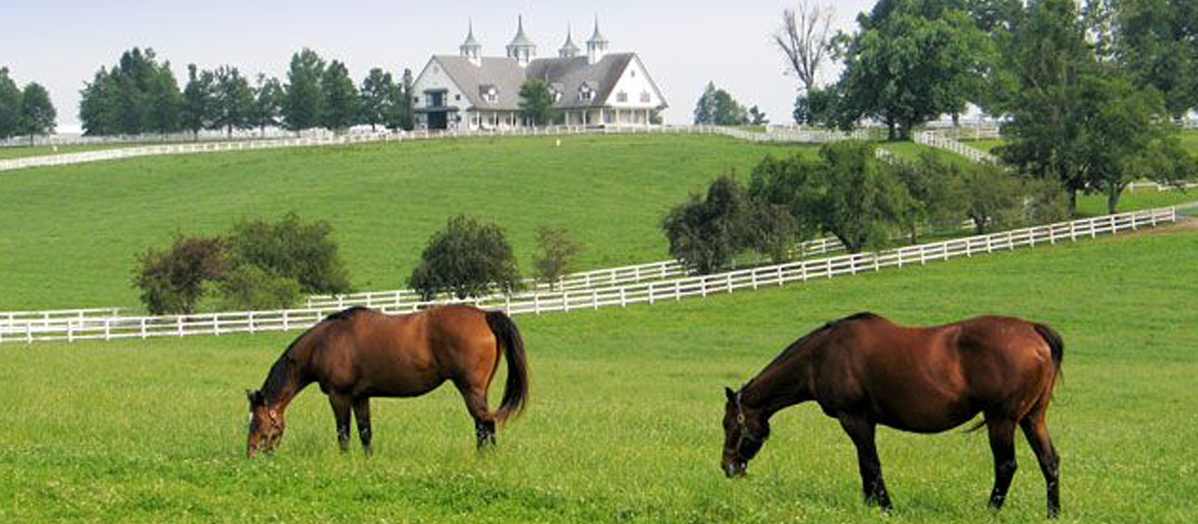365 Days in Horse Country – Saddle Pads
August 5th, 2013
365
Days in Horse Country – Saddle Pads
There was a time when nothing came between a horse’s back
and his saddle. Things have changed,
however, and nowadays horses wear saddle pads when being ridden.
Saddle pads come in a vast assortment of sizes, shapes,
colours, and materials. Western saddle
pads tend to be thick to help evenly distribute the rider’s weight across the
horse’ ...







